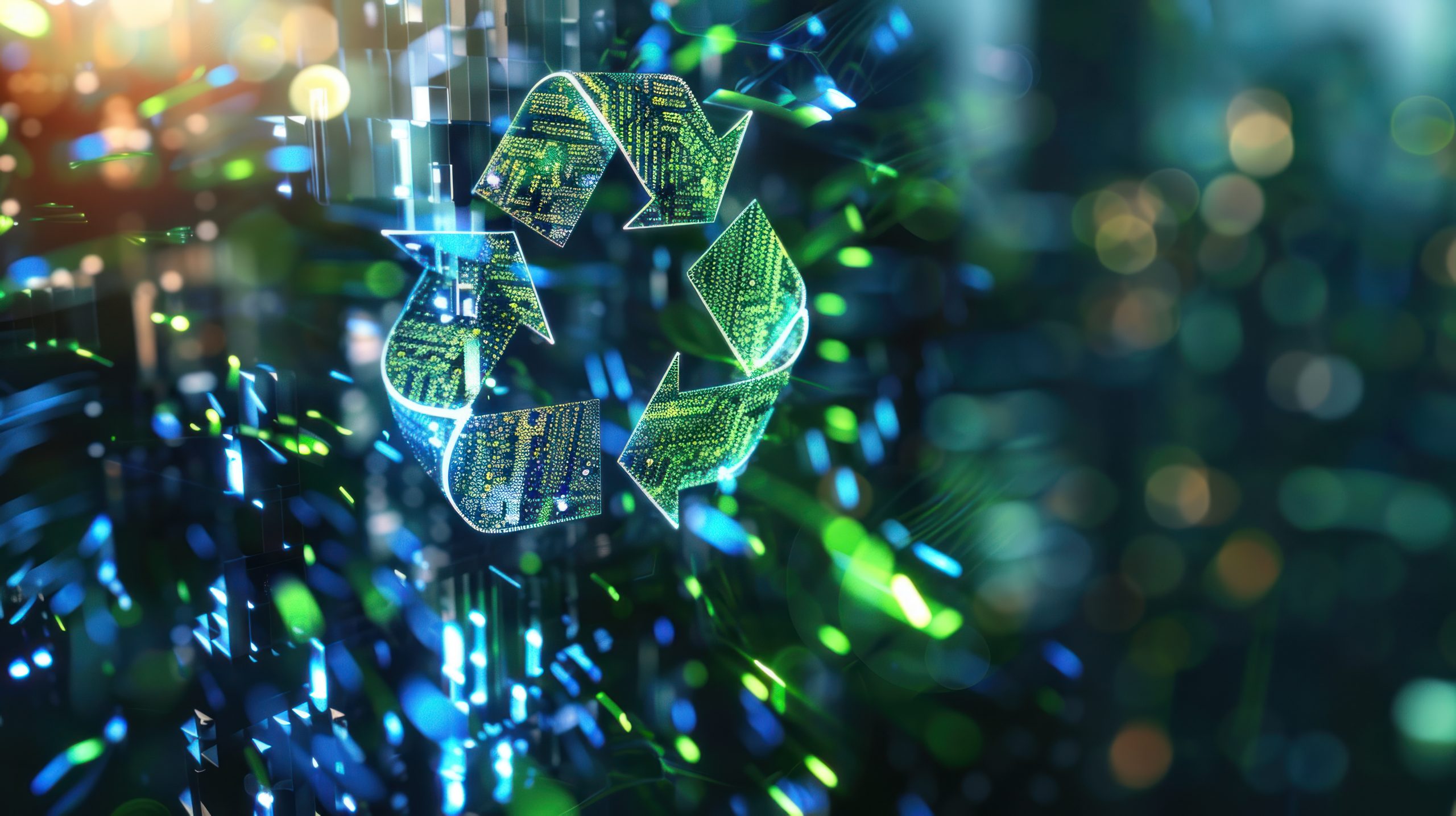By 2025, the recycling industry has evolved from being merely an environmental necessity to becoming a strategic hub of technological transformation. Industrial artificial intelligence, energy-efficient production systems, and circular economy principles are redefining the technological backbone of the sector. In particular, next-generation automation systems used in the processing of plastic, paper, and packaging waste are reducing costs while simultaneously increasing export potential. This article explores the leading production technologies in the recycling sector and examines how businesses can capitalize on emerging opportunities.
Current Production Technologies and Application Areas
Production technologies in the recycling industry have undergone a significant evolution in recent years. AI-powered sorting systems, optical sensors, and robotic arms now enable much faster and more precise waste separation. These systems minimize human error and significantly increase recovery rates. For instance, NIR (Near-Infrared) spectroscopy—commonly used to classify plastics by type—has become a standard component in modern recycling facilities.
Additionally, blockchain-based tracking systems make it possible to monitor waste from its source to final processing with full transparency. This provides substantial benefits for corporate sustainability reporting. Biotechnological methods are also becoming more prevalent, particularly in the composting and energy recovery of organic waste streams.
Trends Shaping the Future
The future of recycling is expected to be increasingly intelligent. IoT-equipped smart containers will optimize waste collection by transmitting real-time data such as fill levels, temperature, and material composition. AI-driven predictive algorithms will forecast when and where specific waste types will accumulate, enabling more efficient resource planning.
These advancements will not only support environmental protection but also unlock new business models, entrepreneurial opportunities, and investment areas. For developing countries such as Türkiye, this transformation carries both economic and ecological significance.
How Has Recycling Efficiency Improved Over Time?
A line graph illustrates how recycling and material-recovery rates have steadily increased between 2015 and 2025, largely driven by artificial intelligence and automation.

Recycling production technologies have become a strategic investment area that extends far beyond environmental sustainability. Innovations involving artificial intelligence, IoT, blockchain, and biotechnology are enhancing operational efficiency while creating new avenues for business growth. When adopted correctly, these technologies support corporate environmental responsibility and strengthen competitive advantage. For organizations preparing for the future, it is essential not only to follow but to actively shape this technological transformation.

